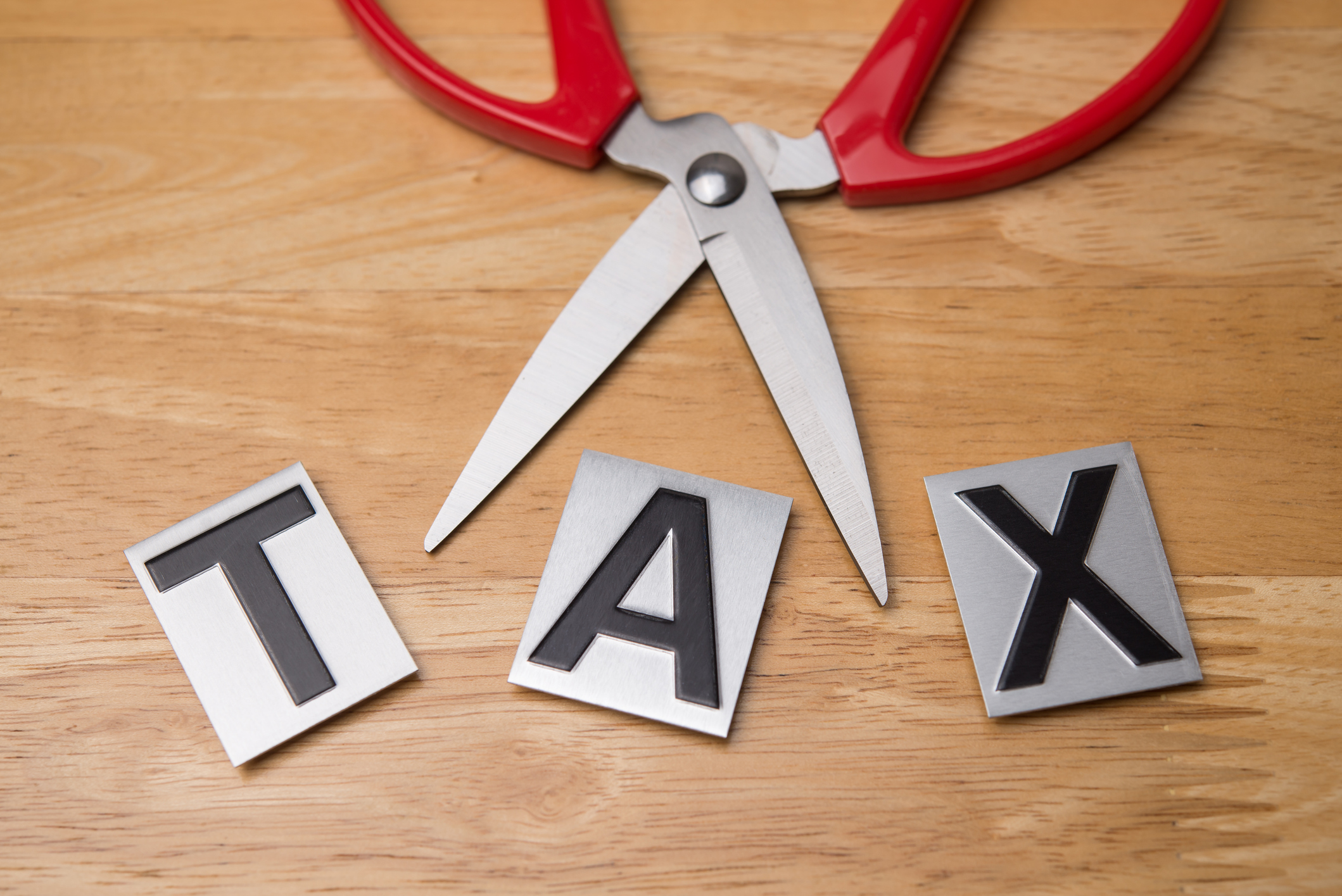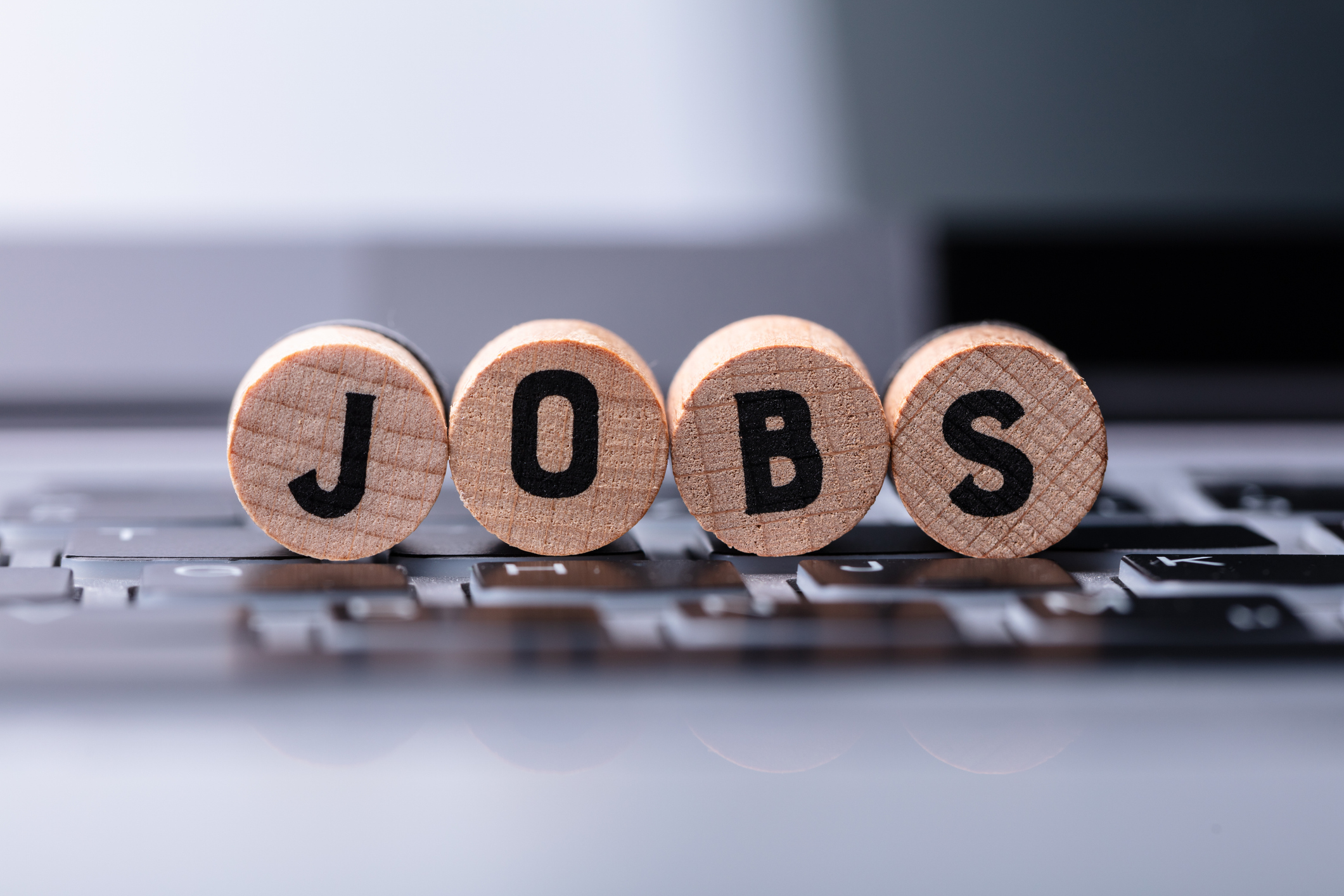Tomorrow's Bull Market
The market could well fall another 10% or 15% from here. But look for terrific returns for years to come after that.

The unrelenting market slide since the start of the year is terrifying. What's more, it doesn't seem excessive: The news flow from Wall Street bankers and from Main Street is equally horrid.
The only real surprise is that it took the market so long to fall this far.
But there's no reason to panic. Bear markets -- a 20% or greater decline in Standard & Poor's 500-stock index -- typically occur every four or five years. They're the price of stock investing. What's more, I think this bear market will set up an extraordinary buying opportunity -- one that will produce superior market returns in the coming years.
From just $107.88 $24.99 for Kiplinger Personal Finance
Become a smarter, better informed investor. Subscribe from just $107.88 $24.99, plus get up to 4 Special Issues

Sign up for Kiplinger’s Free Newsletters
Profit and prosper with the best of expert advice on investing, taxes, retirement, personal finance and more - straight to your e-mail.
Profit and prosper with the best of expert advice - straight to your e-mail.
Let's start with the basics. A bear market is hardly the end of the world, or even of your investments. On average, the market declines 25% or so in a bear market then goes on to make new highs within a couple of years.
Here's the kicker: We're already down more than 15% from the peak. Odds are, half or more of the damage from this bear market has already been inflicted.
I think that investors have forgotten that fairly benign piece of history, partly because of the market's awful returns this decade. After peaking in early 2000, the S&P 500 lost nearly half its value before bottoming in October 2002. Tech stocks did far worse -- falling roughly 80%.
But the 2000-2002 bear market was hardly ordinary. The S&P's plunge tied the 1973-74 bear market for the worst bear market since the Great Depression. This type of severe bear market has been a once-in-a-generation event. In other words, don't expect it to happen again anytime soon.
What has the market returned since the dawn of the new millennium? Virtually nothing. The S&P finished 1999 at 1469. It closed January 18 at 1325. Even with an annual dividend yield of almost 2%, we've gone nowhere for eight years.
That about equals the total return of the 1930s, the decade of the Great Depression, when the market returned an annualized 0.1%, according to InvesTech Research. Annualized returns for other decades: 1940s, 9.0%; 1950s, 19.3%; 1960s, 7.8%; 1970s, 5.8%; 1980s, 17.5%; 1990s, 18.2%.
We're overdue for some good stock-market performance. At the beginning of the millennium, a lot of smart people suggested that returns for this decade would be subpar because of the terrific returns of the 1980s and 1990s, as well as the record-high price-earnings ratios on stocks.
They were right. But we've more than made up for those outsized returns. And as corporate earnings have surged, stock-market valuations have fallen. Price-earnings ratios on the stocks in the S&P are around 15. That's dead-average compared with the market's history.
Really bad bear markets have always started when P/E ratios were excessively high -- not average. "I think we're in a garden-variety bear market, which meansa loss of 20% to 30%," says James Stack, president of InvesTech Research.
After that, he says, "Investors could see several consecutive years of healthy 15% to 20% returns."
Of course, there's a caveat. If the financial crisis gets out of control, all bets are off. So far, the Federal Reserve shows every indication of doing what's necessary to stabilize the markets. But its powers are limited.
Likewise, if housing markets fall too far too fast, the economy will worsen significantly, crippling stocks. Consequently, Stack is keeping his powder dry.
But I'd bet against either of those nightmare scenarios. And the stock market always has risks. That's why patient investors get such healthy returns from stocks.
For now, you should keep putting the bulk of your money into stocks and funds of large, growing companies -- and of developed foreign economies. I'd be trimming natural-resources stocks and funds and emerging-markets stocks and funds.
For large-company growth stocks, look to Marisco Growth fund (symbol MGRIX) and Vanguard Primecap Core fund (VPCCX). For overseas exposure, stick with Dodge & Cox International fund (DODFX).
But once this bear market ends, you'll want to change your allocations quite a bit. And the stock market should soar.
Steven T. Goldberg (bio) is an investment adviser and freelance writer.
Profit and prosper with the best of Kiplinger's advice on investing, taxes, retirement, personal finance and much more. Delivered daily. Enter your email in the box and click Sign Me Up.

-
 Trump's Plan to Eliminate Income Tax: 7 Things to Know Now
Trump's Plan to Eliminate Income Tax: 7 Things to Know NowTax Policy The potential consequences of eliminating taxes in favor of Trump tariffs could impact everything from inflation to Social Security and might give some U.S. taxpayers pause.
-
 The Delayed November Jobs Report Is Out. Here's What It Means for the Fed and Rate Cuts
The Delayed November Jobs Report Is Out. Here's What It Means for the Fed and Rate CutsThe November jobs report came in higher than expected, although it still shows plenty of signs of weakness in the labor market.
-
 Verizon’s 4-Line Phone Promo Offers Strong Value for Families Upgrading to Premium Devices
Verizon’s 4-Line Phone Promo Offers Strong Value for Families Upgrading to Premium DevicesFamilies can upgrade to top-tier smartphones for $25 a line with Verizon’s newest offer.
-
 ESG Gives Russia the Cold Shoulder, Too
ESG Gives Russia the Cold Shoulder, TooESG MSCI jumped on the Russia dogpile this week, reducing the country's ESG government rating to the lowest possible level.
-
 Morningstar Fund Ratings Adopt a Stricter Curve
Morningstar Fund Ratings Adopt a Stricter Curveinvesting Morningstar is in the middle of revamping its fund analysts' methodology. Can they beat the indices?
-
 Market Timing: The Importance of Doing Nothing
Market Timing: The Importance of Doing NothingInvestor Psychology Investors, as a whole, actually earn less than the funds that they invest in. Here’s how to avoid that fate.
-
 Commission-Free Trades: A Bad Deal for Investors
Commission-Free Trades: A Bad Deal for Investorsinvesting Four of the biggest online brokers just cut their commissions to $0 per transaction. Be careful, or you could be a big loser.
-
 Vanguard Dividend Growth Reopens. Enter at Will.
Vanguard Dividend Growth Reopens. Enter at Will.investing Why you should consider investing in this terrific fund now.
-
 Health Care Stocks: Buy Them While They're Down
Health Care Stocks: Buy Them While They're Downinvesting Why this sector should outperform for years to come
-
 Buy Marijuana Stocks Now? You'd Have to Be Stoned.
Buy Marijuana Stocks Now? You'd Have to Be Stoned.stocks Don't let your investment dollars go to pot
-
 4 Valuable Lessons From the 10-Year Bull Market
4 Valuable Lessons From the 10-Year Bull MarketInvestor Psychology Anything can happen next, so you must be mentally prepared.